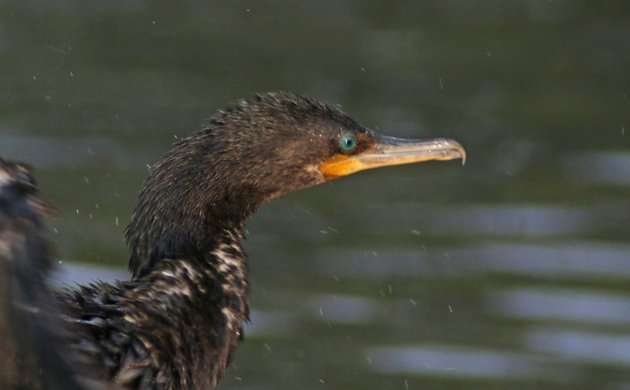
From 20 February through 25 February I was on a family-and-friends vacation on New Providence in the Bahamas. More specifically, I was on Paradise Island, the small, resort-laden and heavily developed island on the north end of New Providence, adjacent to Nassau, the capital of the Bahamas. This was not a birding vacation but a beach-and-water-park vacation. Regular readers here at 10,000 Birds, however, will not be surprised to learn that I managed to see some birds in between riding water slides, lounging on the beach, and drinking rum. (And, fortunately, I had Mike’s experience from years ago to lean on in planning my escapades.)
The main reason you will ever find yourself on Paradise Island is if you are visiting the Atlantis resort. This complex of hotels, water slides, a casino, and shops is designed with one simple goal: to suck as much money out of tourists’ pockets as possible. It really is astounding the efficiency with which the money is vacuumed out of your possession. It’s also astounding that the heavily developed Paradise Island – formerly called “Hog Island” – was virtually wild fifty years ago, only succumbing to tourist-centered activities and the destruction of almost all of the natural habitat when a bridge connected it to Nassau in 1966.
Because we are not profligate with our cash we did not stay at Atlantis. No, we took advantage of the agreement that Comfort Suites has with Atlantis and stayed there at a much more affordable rate (with buffet breakfast included). Guests at Comfort Suites have full access to the many forms of entertainment at Atlantis and we tried most of them. But this post isn’t about water slides, $15 rum drinks, the horrors of tourist traps, or the morality of pocketing bread from the breakfast buffet for later. No, this post is about birding, birding the Lakeview Drive Ponds in particular. Because that’s the other nice thing about the Comfort Suites on Paradise Island. You see, it is next to Atlantis but it is also adjacent to the Lakeview Drive Ponds, one of the better birding spots on New Providence!
The Comfort Suites is the white building in the middle left of the image. The ponds are obvious in the middle of the image and they are only really visible to the public from Lakeview Drive, the north-south road in the center. I also found lots of passerines along the edges of Casino Drive, especially on the north side east of Lakeview Drive.
During our time at the Comfort Suites I made the one-block walk to the ponds seven times, four in the morning and three in the evening, and totaled forty-three species on those visits. Generally I was alone on these walks though once I had Desi, my seven-year old son, with me and once I had both him and Javi, Desi’s eight-year-old buddy, with me. So, what birds did I see?
White-cheeked Pintails are impossible to miss at the Lakeview Drive Ponds.
The obvious and easy-to-see stuff were waterbirds. White-cheeked Pintails, Common Gallinules, and American Coots (of the red-shielded form, not the white-shielded, Caribbean form) were in-your-face and impossible to miss. Great Egrets, Great Blue Herons, and Green Herons were all seen on every visit. Neotropic Cormorants provided the best looks I had ever had of the species and Least Grebes, more common in the pond east of the road, provided me with my lifer look at them.
I’m not sure how I had never managed to see a Least Grebe before this trip but it was worth the wait.
The reason for all of the waterbirds being so willing to come close was made clear to me on the first morning I was there when I was sitting on the wooden observation platform on the western pond and a woman pulled up in her car, walked over, and dumped out a bunch of grain for the ducks. She apparently does this almost every day and I somewhat doubt that she is the only one who feeds the birds. Whatever the reason, I was pretty stoked about White-cheeked Pintails displaying within a few feet.
Drake White-cheeked Pintails display by leaning forward and sticking their back end up out of the water while simultaneously emitting high-pitched whistles. I assume they then take advantage of the hens collapsing in fits of laughter.
But, apparently, it works.
In addition to the birds mentioned I saw a Tricolored Heron on one evening and apparently a variety of other wading birds are possible as well. On our visits we also saw two hen Mallards and a Muscovy Duck, all apparently domestics though the Mallards seemed little different from wild birds. An Osprey was often perched over the western pond and it was not unusual to see an American Kestrel perched at the peak of a pine. The only other bird of prey I saw there on the trip was a single Peregrine Falcon in flight at a distance. Belted Kingfishers would also give their rattling call as they moved from one pond to another.
Perhaps this Osprey will be fishing in New York in a month or so.
Gulls and terns seemed uninterested in the ponds though I did have Laughing Gulls fly over once. It might be the wrong time of year for terns though as I only had one Royal Tern for the entire trip. Pigeons and doves were well represented with Eurasian Collared-Dove being omnipresent everywhere on New Providence which only makes sense considering that this is where the North American population is believed to have originated. Rock Pigeons were seen on occasion as well. Fortunately, native species were well represented with White-crowned Pigeons being regular, both in flight and perched back in the trees, Mourning Doves seen a few times but seemingly scarce, and Common Ground-Doves seen taking off and flying away a couple of times.
White-crowned Pigeons are a fine bird. Most pigeons can only aspire to this level of fineness.
The blackbirds you are likely to see aren’t blackbirds at all but Smooth-billed Anis. Boat-tailed Grackles are apparently a recent arrival and I apparently saw what I think is the entire New Providence population of five birds. The only bird endemic to the Bahamas that is found on New Providence with regularity, the Bahama Woodstar, a very nice hummingbird, can be found anywhere and I saw one several times while birding along the edges of the roads though I never saw one come to the wells that I found Yellow-bellied Sapsuckers drilling.
A female Bahama Woodstar feeding from flowers that were actually on the grounds of the Comfort Suites.
I kept hoping to find a Cuban Pewee, one of the target birds for my trip. Though they are reported on occasion from the ponds I never had any luck and had to satisfy myself with La Sagra’s Flycatchers and Loggerhead Kingbirds as the only representatives of the flycatcher family that I would see. Later in the year Gray Kingbirds would make that list as well.
La Sagra’s Flycatchers are both smaller and duller than I expected.
I only had one Thick-billed Vireo and that was on my last evening on the east end of Casino Drive. It was a very tame bird, busy foraging and unconcerned about my presence. No other vireos were around to confuse me though other species are possible, from White-eyed to Black-whiskered.
Thick-billed Vireos are aptly named.
Northern Mockingbirds are common across the island: any mockingbird you see or hear on Paradise Island is almost undoubtedly a Northern. Bahama Mockingbird likes more native habitat and though they are possible they are much more likely in other locations on New Providence. Red-legged Thrush is relatively common and tame. Javi was very proud to spot one and point it out to me one morning and was even more pleased when I let him know what it was and that it was the best look I ever had at the species. These birds look very different from the ones I saw in Puerto Rico in January, much darker below, especially on the throat, which was white with fine dark streaks on the Puerto Rican birds.
A Red-legged Thrush is a fine replacement for American Robins on lawns.
Wintering wood-warblers were a pleasure in February with Northern Waterthrush, Palm Warbler, Yellow-rumped Warbler, Cape May Warbler, Northern Parula, and Prairie Warbler the most common. A single Louisiana Waterthrush is calling the western pond home this winter and I also spotted Ovenbird, Black-and-white Warbler, and Common Yellowthroat in the vicinity of the ponds. The number and variety of wood-warblers was somewhat startling after having had to work for these birds in Puerto Rico a month ago but they were still outnumbered by Bananaquits which were ubiquitous and never silent.
It was good to catch up to cooperative Cape May Warblers.
They might not be the most aesthetically pleasing bird but I like Louisiana Waterthrush.
Shut up already Bananaquit! (Seriously, these birds are really annoying.)
House Sparrows were all over the place and as for other birds at the end of the taxonomic list well, I’ve saved one of the best for last. Western Spindalis were pretty easy to find if you spished along the edges of the roadsides. Sure, this got me weird looks from folks walking to work at the resorts but it was well worth it.
Rarely has sexual dimorphism been so unfair to one sex as this female Western Spindalis shows.
The male, on the other hand…
So, if you head to the Bahamas for a family vacation or stop in on one of the many cruise ships that visit New Providence now you know that if you can sneak away for even half-an-hour there’s a nice and easy birding spot teeming with good birds. You just have to find a way to get away from your vacation. It’s worth it, I promise.


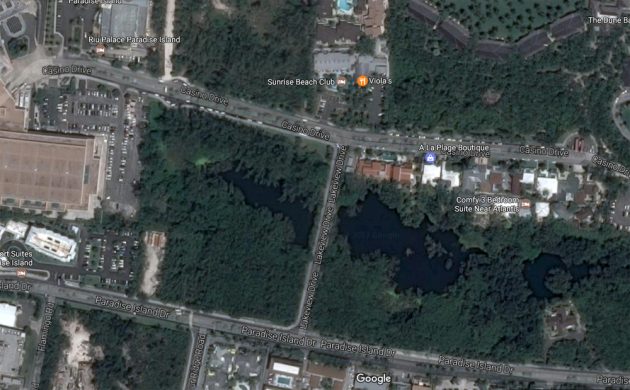
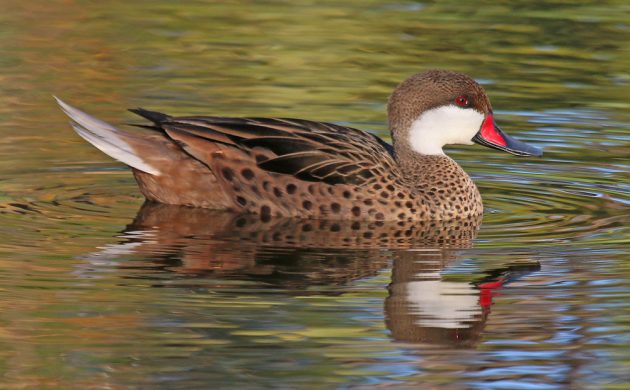

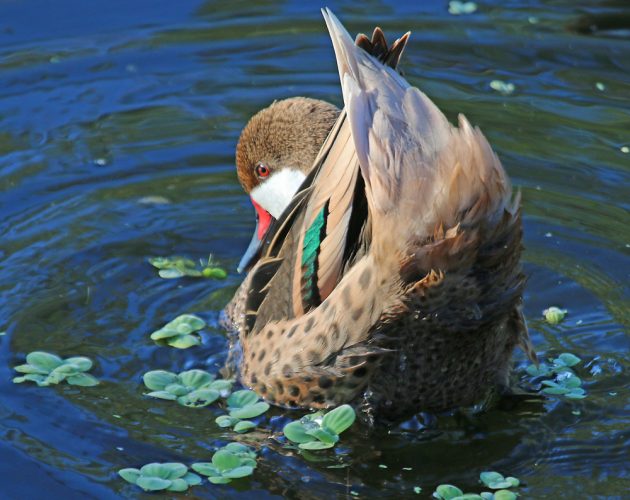
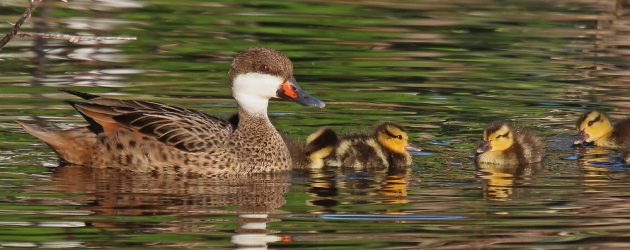
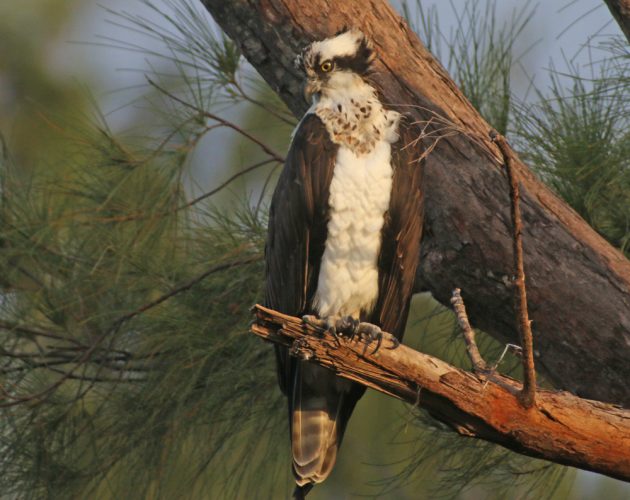
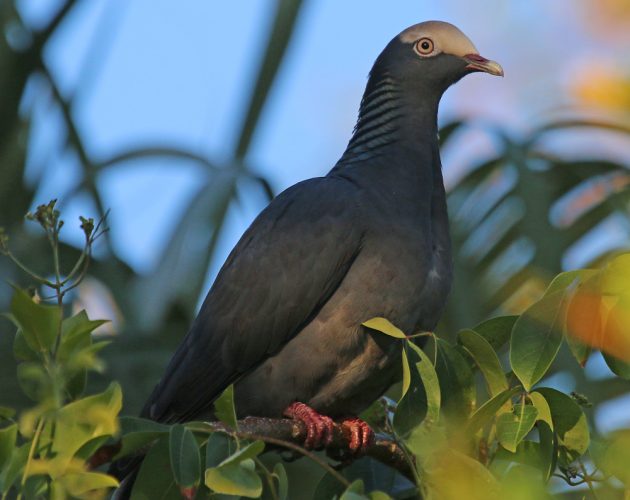
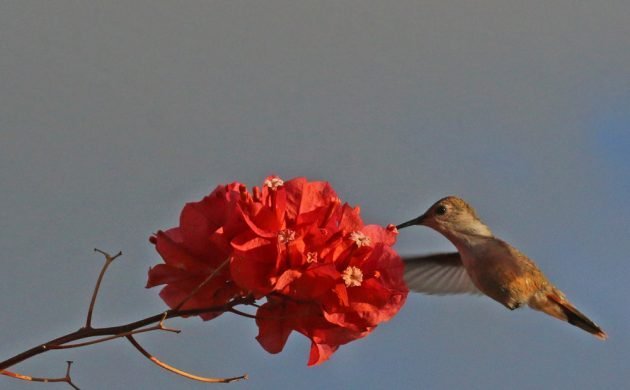
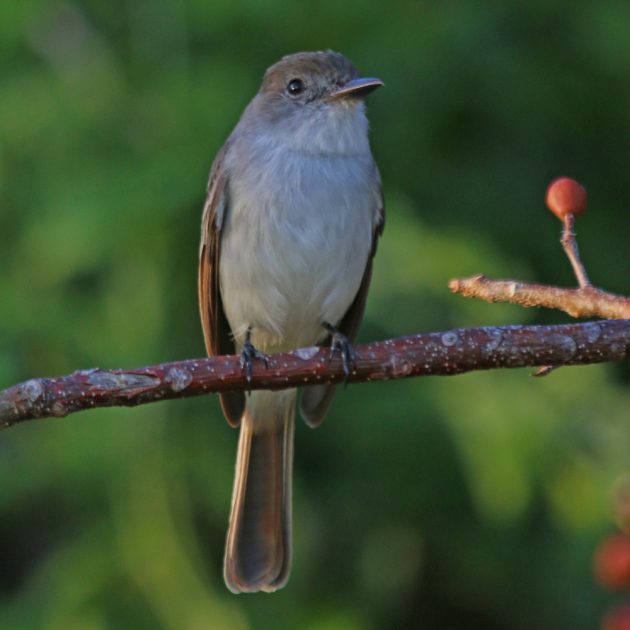
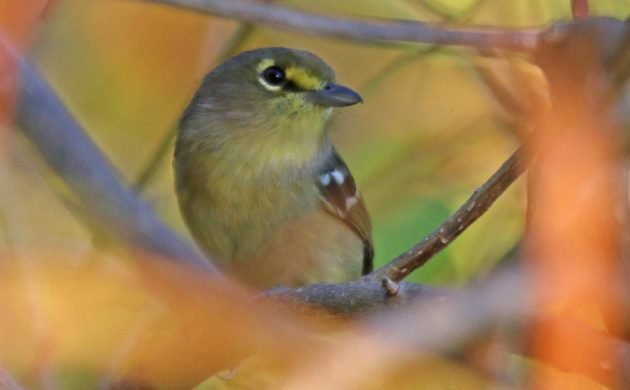
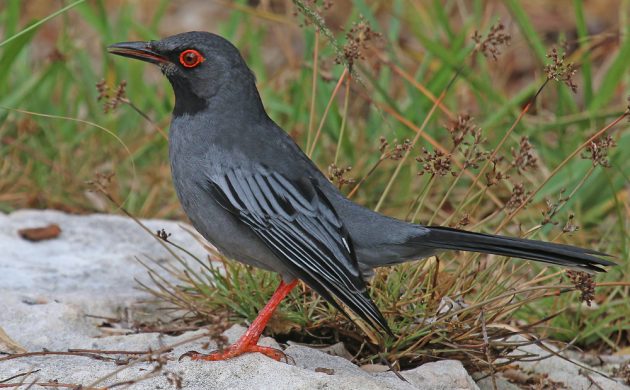
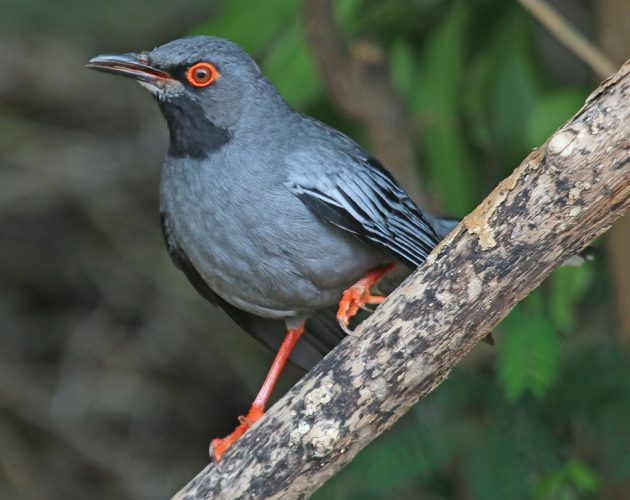
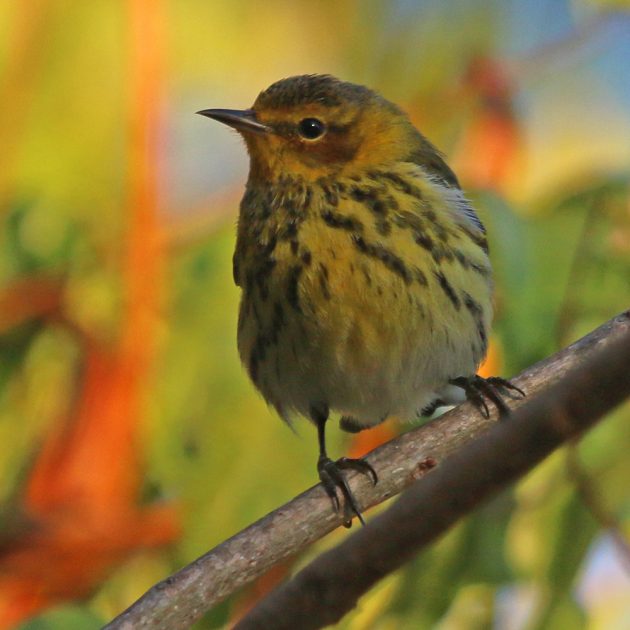
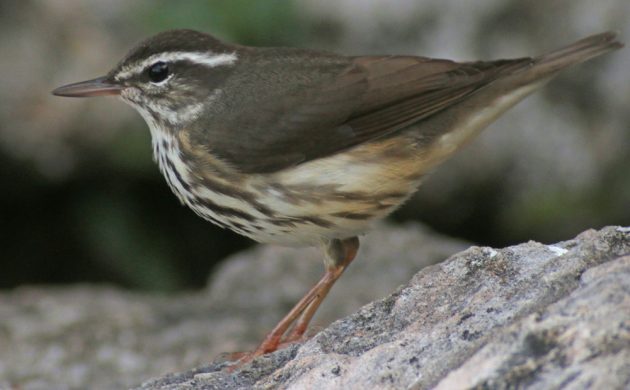
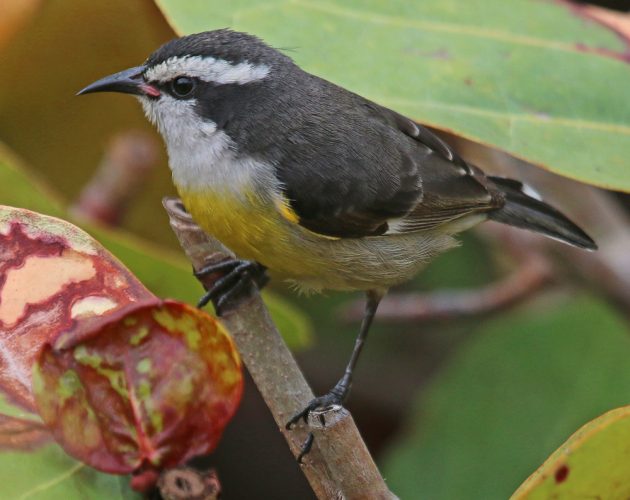
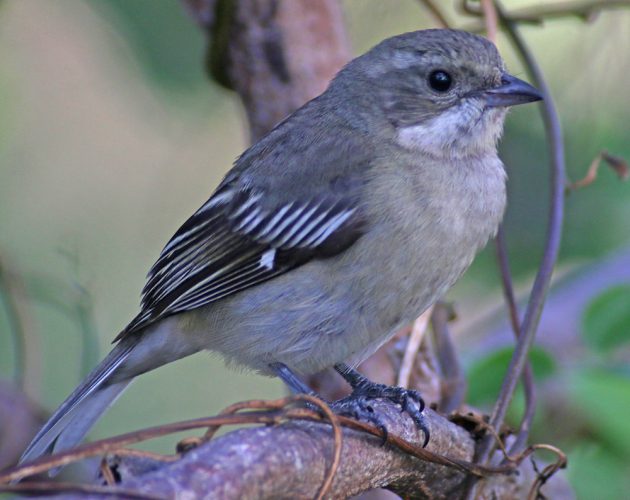
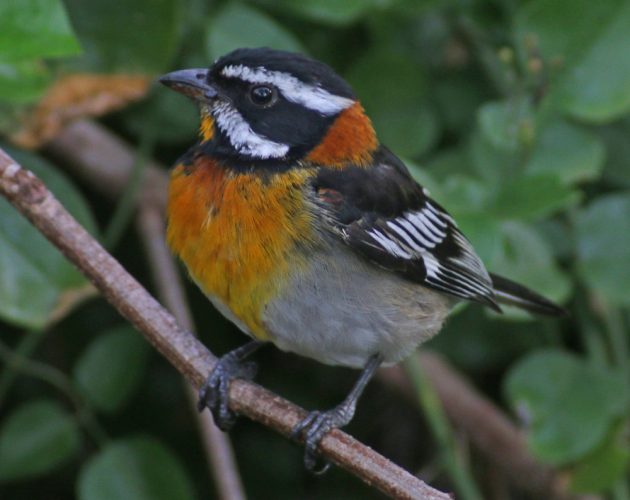
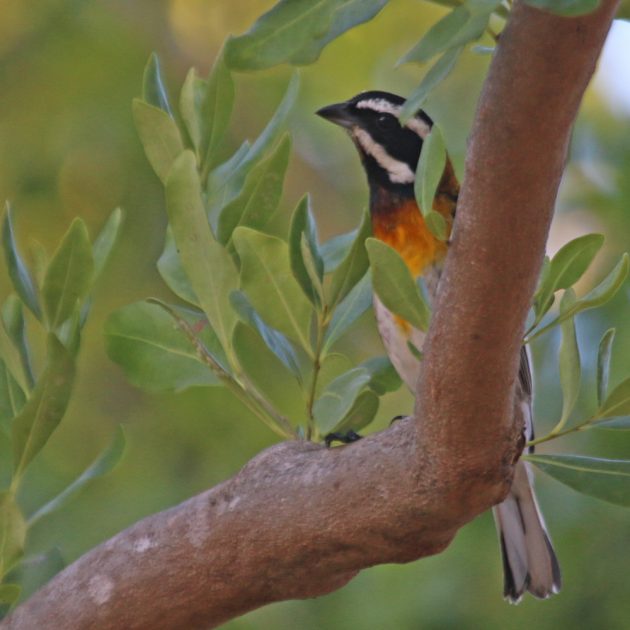











Those are spectacular birds and great photos! I went diving in the Bahamas about 30 years ago, but it was before I was a birder, and it’s unbelievable, but I didn’t notice any birds.
This post’s images are insane.
Fantastic photos! What beautiful birds.
Thanks, both of you! I had a great time taking these shots!
Nice! You got some great pictures. We went to Atlantis once and I managed to see birds also, but never found that pond you are talking about. In the process of organizing my bird pics from that trip now, like 2 years later. You clearly are a more organized person than I am 😀
Thanks for sharing!
Thank you for the story, directions and beautiful photos. I retraced your steps and got 12 lifers. The only bird I found that I don’t think you mention is a Mangrove Cuckoo.
It is my third day on the island and still no Bananaquit. Assuming this is the right time of year for them, do you have any tips on finding them since for you they were numerous and “never silent”?
Thanks!